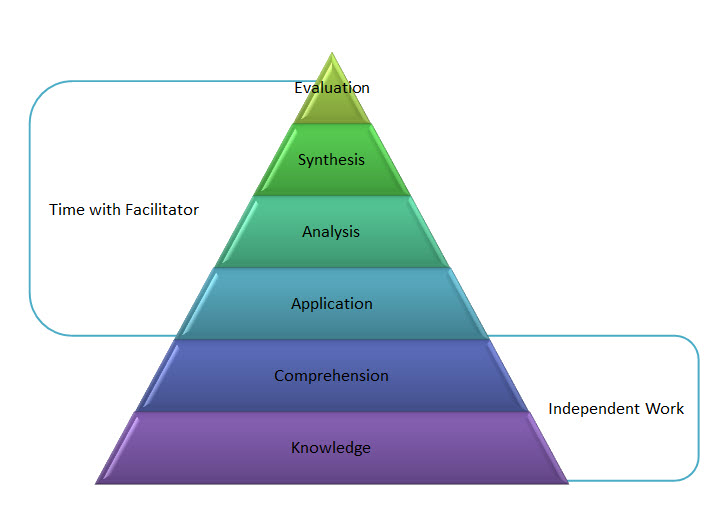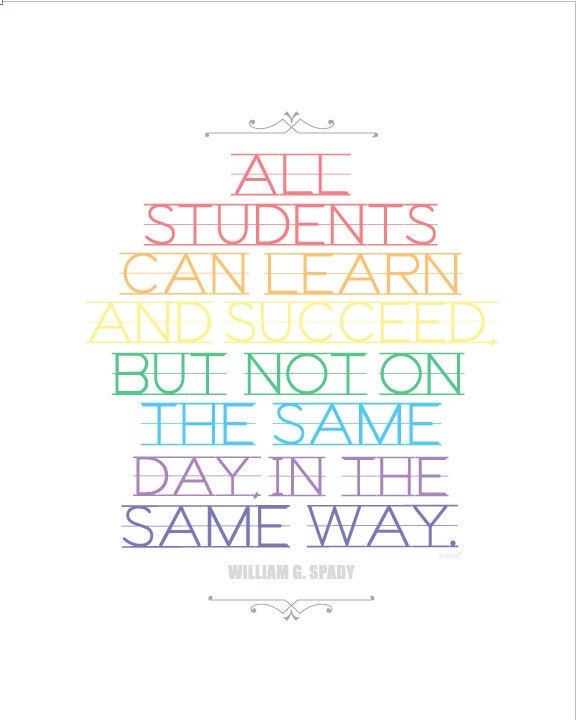Microsoft PowerPoint
PPT allows for most of the standard Microsoft tools. Students can embed video, audio, images, text... the list goes on and includes the embedding of other Microsoft-friendly documents, and for some of the non-compatible documents students can simply convert their documents at freepdfconvert and other similar online resources.Students can create hyperlinks, animations, effects, design elements, etcetera etcetera etcetera. I could go on for pages and pages about the functionality of PPT but suffice it to say the possibilities are VAST! The technical ability of individuals is not a barrier to using PPT, with its simple to follow interface, digital natives and immigrants alike are catered for, and able to be extended with very simple instruction.
From Bloom's Knowledge through to Evaluation, tasks can be structured to engage all levels of thinking. Students could be assigned a PPT presentation to view in order to learn new knowledge.. or... Students could be assigned the task of creating a mathematical problem, for example: find the indefinite integral of (the cosine of (theta minus u squared) ) divided by (the tangent of the square root of (a plus b)) this problem has only one solution but a variety of methods to obtain the solution. Students could create an interactive PPT for their peers where a choice must be made about what step to perform next, a choice between correct and slightly incorrect answers (Marzano and Pickering's "non-examples" from the Dimensions of Learning) to each step, and choices about which formulae to use for each step.
Most of what I would have students do with PPT falls short on the SAMR model, as Augmentation and Modification, however, including links to online math forums and programs such as Khan Academy "ups the ante" into Redefinition- having instantaneous access to peers and tutors from around the world would be inconceivable without the technology we have today. That technology which is easily embedded in the PPT software.
As discovery based learning is especially effective in mathematics, and problem creation COMBINED WITH problem solving is favourable to problem solving alone- the creation of interactive ppts where students create their own problem, then attempt to lead others to solve it in an engaging way, including non-examples of solutions (see example here) culminates in very effective learning.






